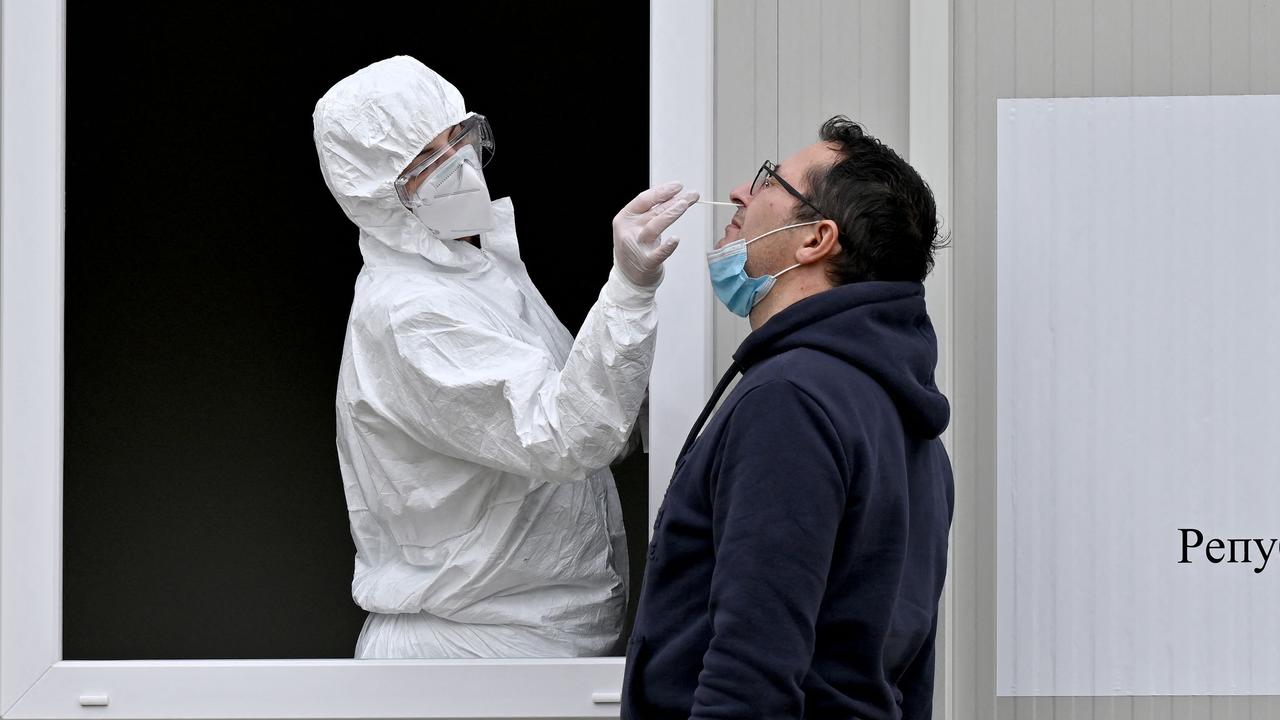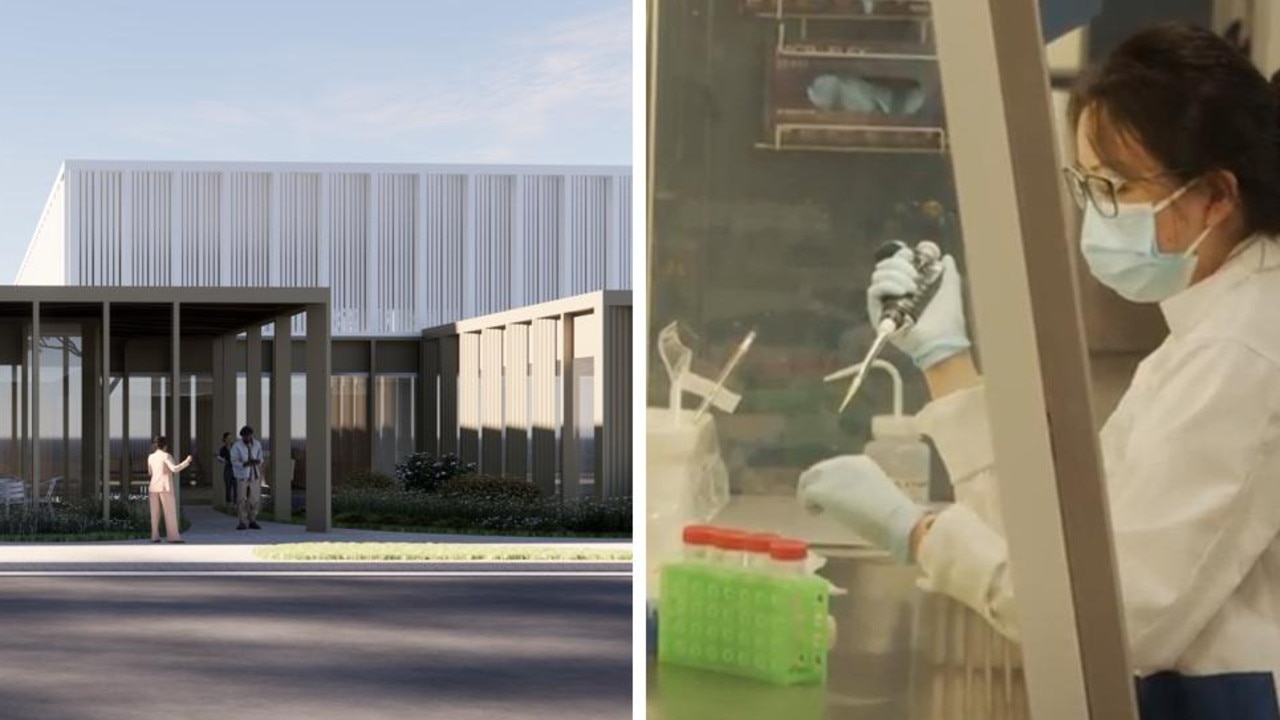Experts explain when Australia will hit its peak in Omicron cases by looking at NSW, QLD, Victoria
As the Omicron outbreak continues to spread across Australia, experts have revealed when the country will hit its peak in cases based on NSW, Victoria and Qld numbers.
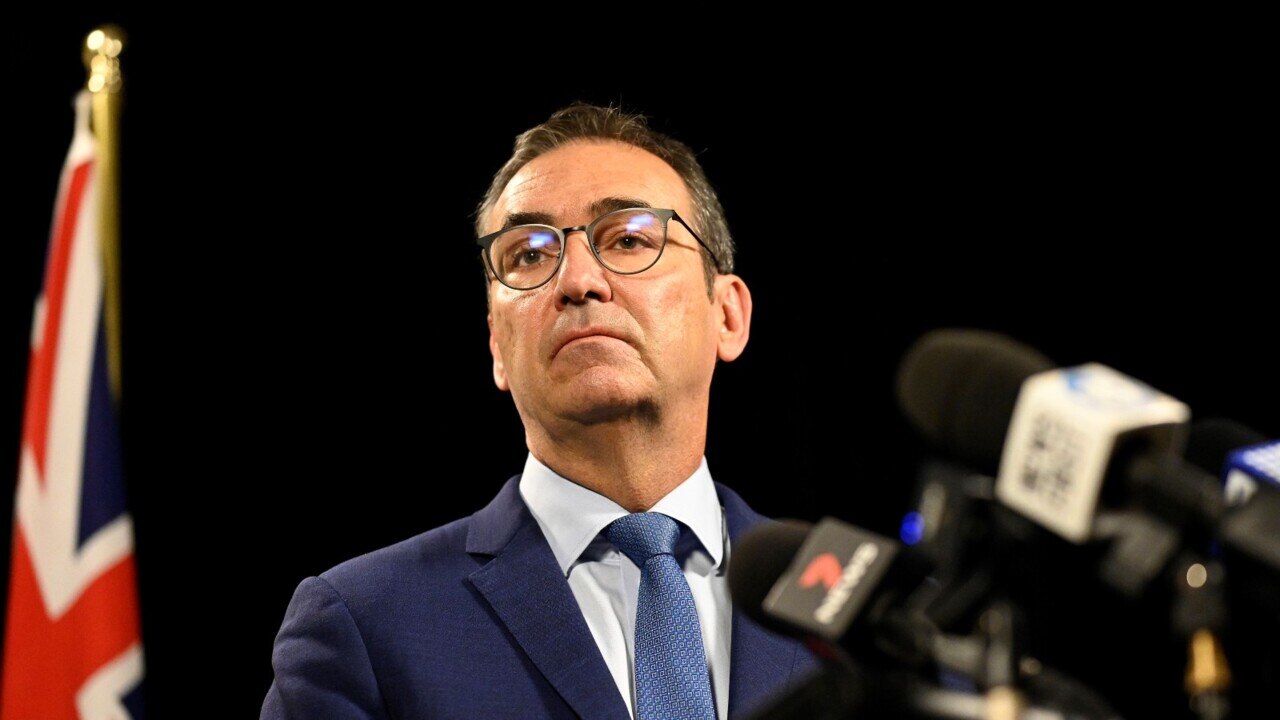
The Omicron outbreak has been swift and staggering — and experts have revealed when the country will hit its peak in cases.
Over the past few weeks, Covid-19 cases have exploded across Australia, with previous daily infection records being consistently smashed.
In NSW and Victoria, where Omicron is the dominant virus strain in the community, 92,264 and 37,169 new cases respectively were reported on Thursday.
Infectious diseases expert Professor Robert Booy from Sydney University said Australia is not far off seeing the peak of Omicron variant infections.
He said the country will see a peak within weeks during January in different parts of Australia.
“The second half of January will be when Sydney and Melbourne peak,” he said.
“South Australia and Queensland will be about one to two weeks later.”

While the wave of infections is inevitable, Associate Professor and infectious diseases expert Dr Paul Griffin said the next few weeks will be crucial in reducing the transmission of cases and hospitalisation rates.
“The quality of our current data has been significantly undermined with laboratories being under pressure and the transition to rapid antigen tests without a good method for collecting that information,” he said.
“That means our current situation and how the peak will look like is hard to know.
“One way or another we will see a peak and we are not to far away, but I think it is personally four to six weeks away, depending on what we do to address transmission.”

Dr Griffin said “flattening the curve” will no longer involve lockdowns and border restrictions, but instead “simple measures” like social distancing and mask wearing.
However, he said the biggest focus over the next few months will be encouraging Australians to go for their third booster shots.
“While we know the vaccine doesn’t stop all infections and transmissions. people who have had their booster it does go a long way of reducing the chance of being infected and passing it on,”
“We need everyone to get the booster to not only flatten the curve but reduce the disease and ease the burden on the healthcare system.”
SEE HOW THE STATES COMPARE UNDER CURRENT MODELLING:
NSW
Modelling by NSW Health shows that Covid-19 cases are expected to peak in NSW by mid-January and subside by the middle of February.
The modelling is based on vaccination coverage, general health and outbreak data from NSW and abroad predicts, with beds in intensive care and other wards likely to be stretched.
That’s despite the state already breaking record daily cases and hospitalisations since the beginning of the month.
“By the middle of February we will be certainly well past the peak of this,” NSW Health deputy secretary Susan Pearce said last week.
NSW Health mapped out three outcomes – a best, most likely and worst case scenario. Even the latter showed beds taken up by Covid-19 patients at the peak of the current wave would be below the state’s bed capacity in public hospitals.
Under the “most realistic” scenario, which is based on NSW’s infection data and current parameters, 4,700 patients with Covid will be hospitalised at the peak, with 273 Covid patients in intensive care.
The red scenario is based on the current surge in New York which has regularly seen as many as 45-55,000 cases a day in the last few weeks.
If a similar curve occurred in NSW that would see a peak in hospitalisation of approximately 6000 people around January 25.
However, NSW Health stressed that they don’t believe this overseas scenario will unfold in the state.
This best case trajectory known as the “green scenario” in the modelling. If this happened in NSW, the peak of hospitalisations would be within the next fortnight and would be much lower with 3158 people in hospital and 270 of those in ICU.
VICTORIA
Health authorities say Victoria will experience a similar situation to NSW, with the state expected to hit its peak of the Omicron wave in late January or early February.
Health Minister Martin Foley said he expects case numbers to peak in late January or early February, however, the nation should not assume that cases will rapidly decline as seen overseas.
“We would expect the peak of those Omicron cases to be in late January or early February,” Mr Foley said on Monday.
“Then of course, the delayed measures of hospitalisations, ICUs, ventilators … sadly this could lag for a week or two after that.”
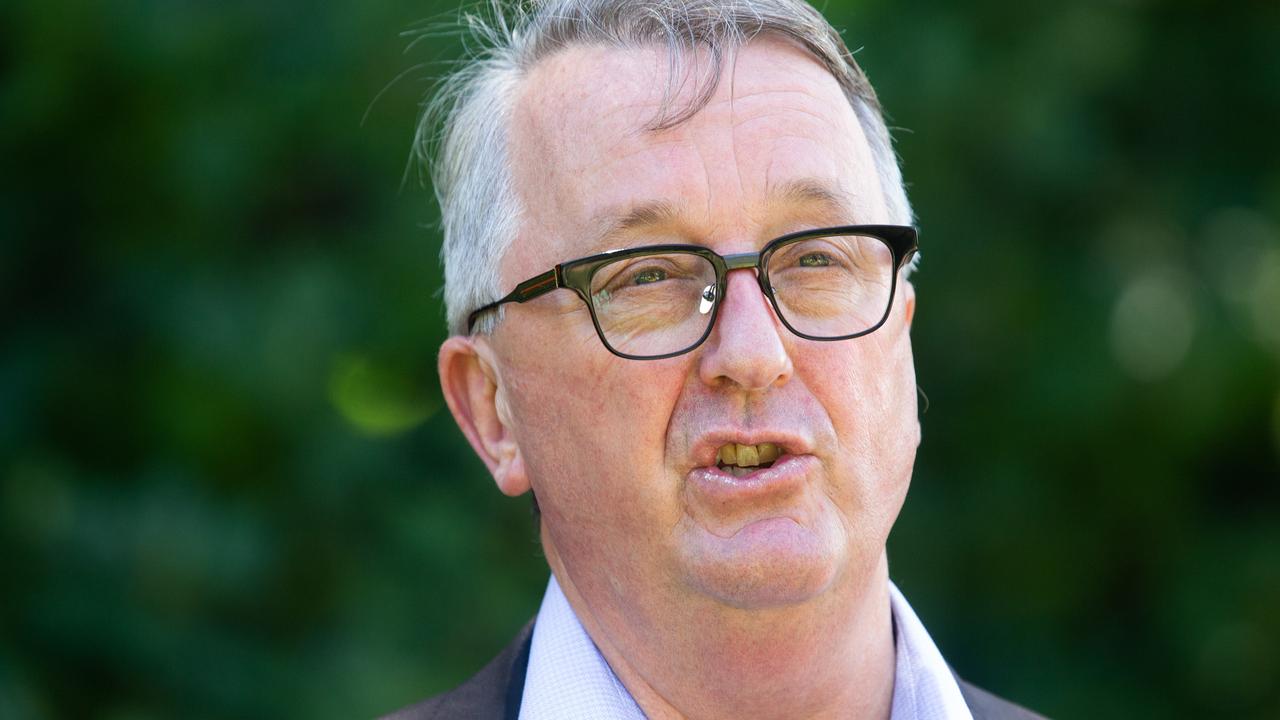
Some experts predict there will be a rapid explosion of infections followed by a swift, sharp decline that has been described in South Africa as “more of a flash flood than a wave.”
“Looking to other countries and their experience, we have a very different scenario to other countries,” Dr Griffin said.
“Our situation won’t mirror them as we have different levels of previous infection and vaccine coverage which means it perhaps won’t be quite the same.”
QUEENSLAND
Meanwhile, health authorities in Queensland predict the state will reach the peak of the Omicron outbreak in the last week of January or early February.
The state recorded 22,069 cases on Wednesday, taking the total number of active cases to more than 131,000.
Chief health officer Dr John Gerrard said on Wednesday that the rapid spread of the Omicron variant was likely to continue and peak at “very large numbers” in late January or early February.
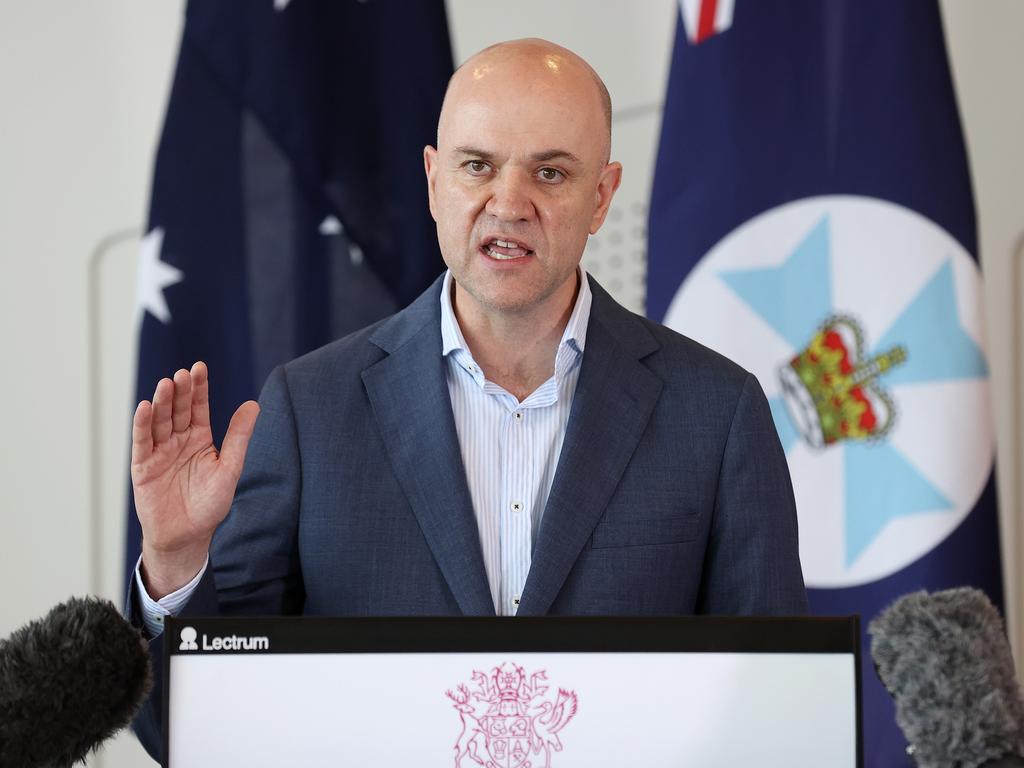
Dr Gerrard said his team‘s models projected “something significant” will start to happen in Queensland in the next week, with the number of patients getting admitted to the ward already beginning to escalate.
“So those numbers will become quite significant in the coming weeks until the beginning of February,” Dr Gerrard said.
“Then, hopefully, if the mathematical modelling is correct, it will start to decline after that.”
WESTERN AUSTRALIA
When Western Australia finally opens its borders up to other states and territories, it will only be then known whether they are prepared for Omicron.
November modelling from the WA Department of Health used to develop the February 5 opening plan was based around the spread of Delta.
Health authorities are yet to finalise their newer modelling, which will take into account the new Omicron variant.
WA Chief Health Officer Andy Robertson said last week that the new Omicron modelling would be ready in the “next few weeks or so”.
The current report suggests 313 people could die over the course of a year if the state opened up at 80 per cent vaccination, compared to 117 at 90 per cent.
The number of new symptomatic cases in a day could have peaked at 338 at a 90 per cent vaccination rate, intensive care unit beds at eight cases and general hospital beds at 54.
Hitting 90 per cent would effectively halve the number of hospitalisations compared to 80 per cent.
However, it is not yet known what cases will really look like once Omicron cases are included.




